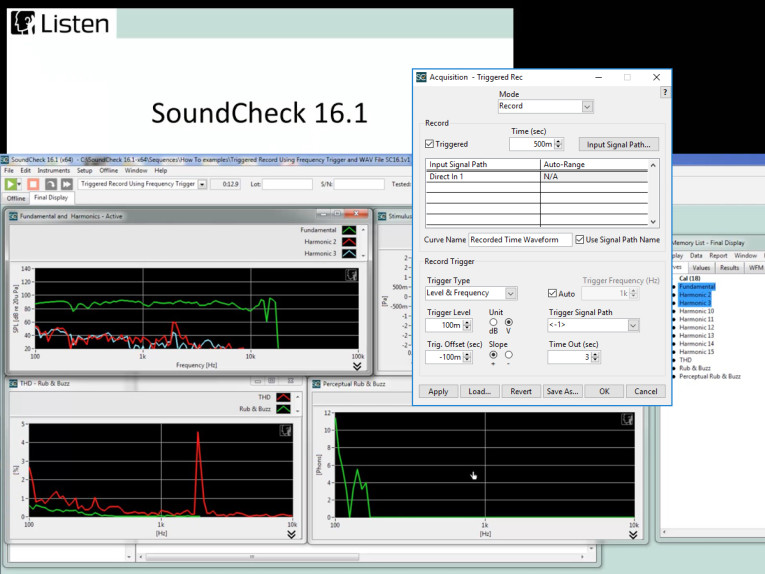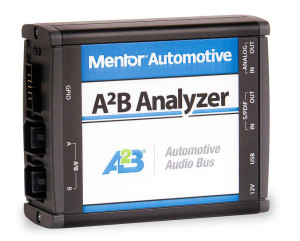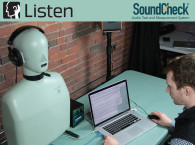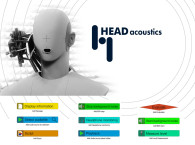
Most significant in the SoundCheck 16.1 release is the inclusion of a new frequency trigger. This allows frequency-based triggering of acquisition from an external source using a pilot tone at the beginning of a test sweep. This function offers improved accuracy over previous level-based triggering when capturing responses from a device where we don’t have direct access to the microphone or speaker, especially in noisy environments. This technique optimizes open loop test methods for smart speakers and other voice-controlled devices.

Listen produced a short video explaining this feature available here and created a free measurement sequence using the frequency trigger that can be downloaded from their website so that users can test it out right away! View Sequence here.
 SoundCheck now also fully integrates with the Mentor A2B interface for testing automotive audio connected via the Analog Devices A2B digital bus. The Mentor Analyzer, which handles the transmission of signal in to and out of the bus, is viewed as an ASIO interface by SoundCheck, enabling SoundCheck to read/write to the device and therefore analyze any transducer connected to the A2B bus. A custom VI permits control of the Mentor A2B interface configuration via SoundCheck. This means that it can be controlled from within a SoundCheck sequence, for example loading configurations and starting/stopping ASIO streams. This makes it an ideal R&D or production line test solution for automotive audio, or for anyone testing transducers connected via A2B bus.
SoundCheck now also fully integrates with the Mentor A2B interface for testing automotive audio connected via the Analog Devices A2B digital bus. The Mentor Analyzer, which handles the transmission of signal in to and out of the bus, is viewed as an ASIO interface by SoundCheck, enabling SoundCheck to read/write to the device and therefore analyze any transducer connected to the A2B bus. A custom VI permits control of the Mentor A2B interface configuration via SoundCheck. This means that it can be controlled from within a SoundCheck sequence, for example loading configurations and starting/stopping ASIO streams. This makes it an ideal R&D or production line test solution for automotive audio, or for anyone testing transducers connected via A2B bus.Also available (for an additional cost) with this new release are two optional sequences – background noise simulation to the ETSI ES 202 396-1 standard, and the TIA-920B dual-bandwidth telephone test standard.
The background noise simulation sequence (part number 3121) is a cost-effective alternative to dedicated background noise generation systems. It calibrates a 4.1 speaker array to conform to the ETSI ES 202 396-1 Standard, providing an equalized, calibrated playback solution to stress devices in a standardized and repeatable way. The sequence includes a library of real world binaural recordings from the standard, and custom or user-defined binaural recordings may also be used. Applications of this sequence include evaluating ANC, noise suppression, voice recognition testing, SNR optimization of microphones, beamforming directionality studies of microphone arrays and more.
The TIA-920B sequence (part number 3111) tests to the TIA-920B dual-bandwidth standard that applies to both narrowband (NB) and wideband (WB) devices. It also allows a choice between Free Field (FF) and Diffuse Field (DF) as the Listener Reference Point (LRP). The current release measures digital communications devices with handset features, according to TIA-920.110-B and speakerphones, according to TIA-920.120-B. Support for headset measurements, according to TIA-920.130-B will be added in a future release.
www.listeninc.com








